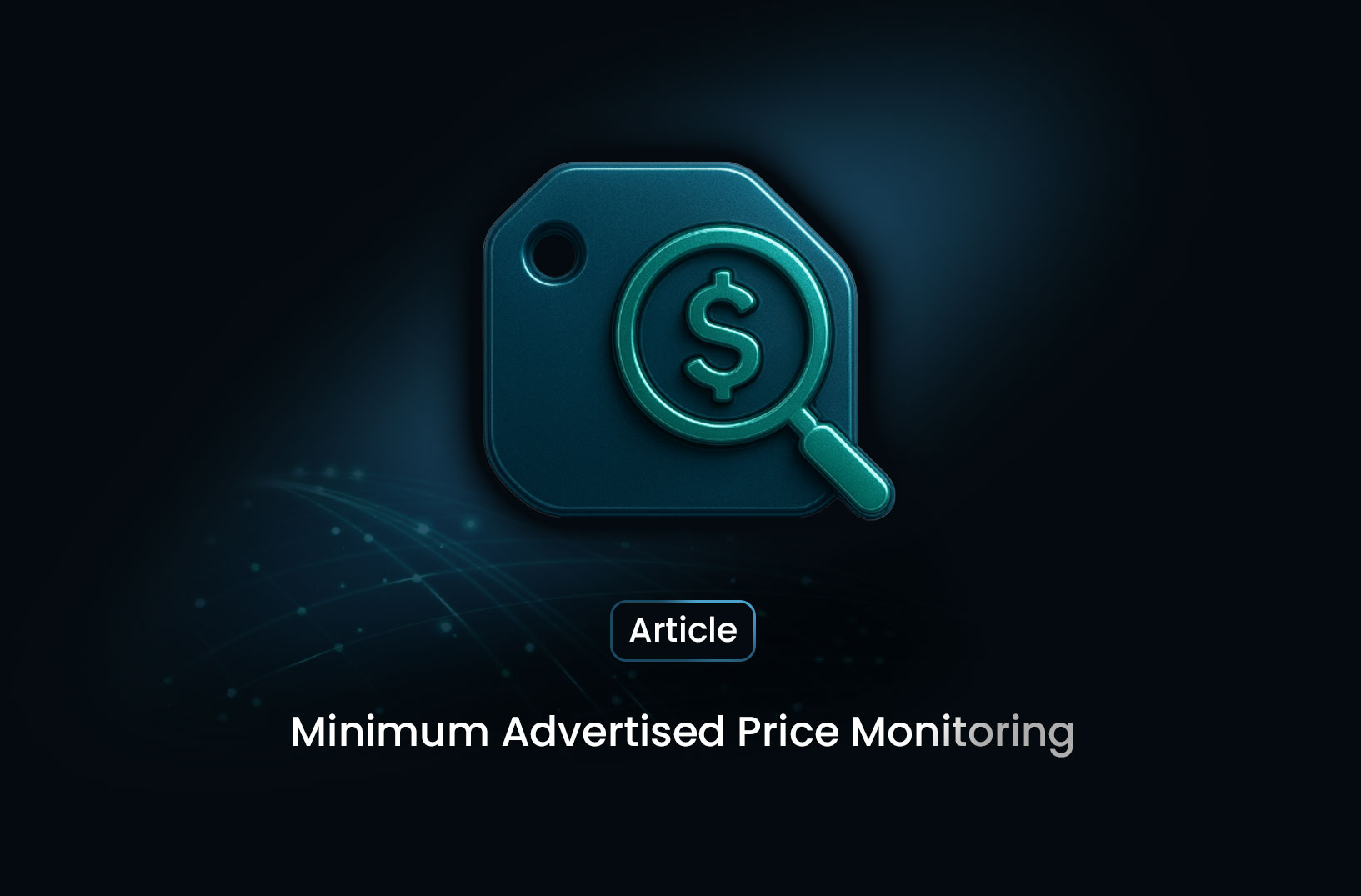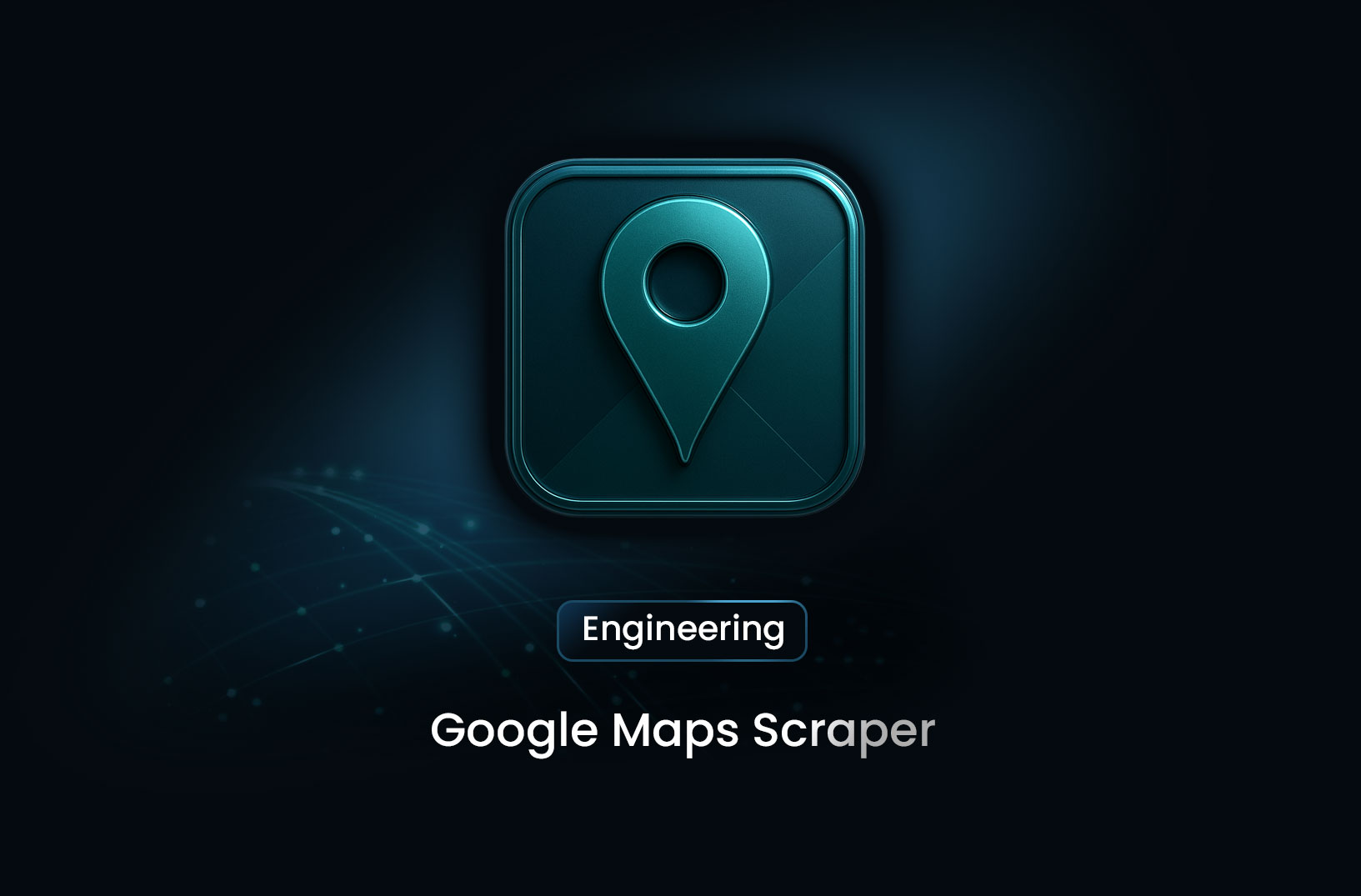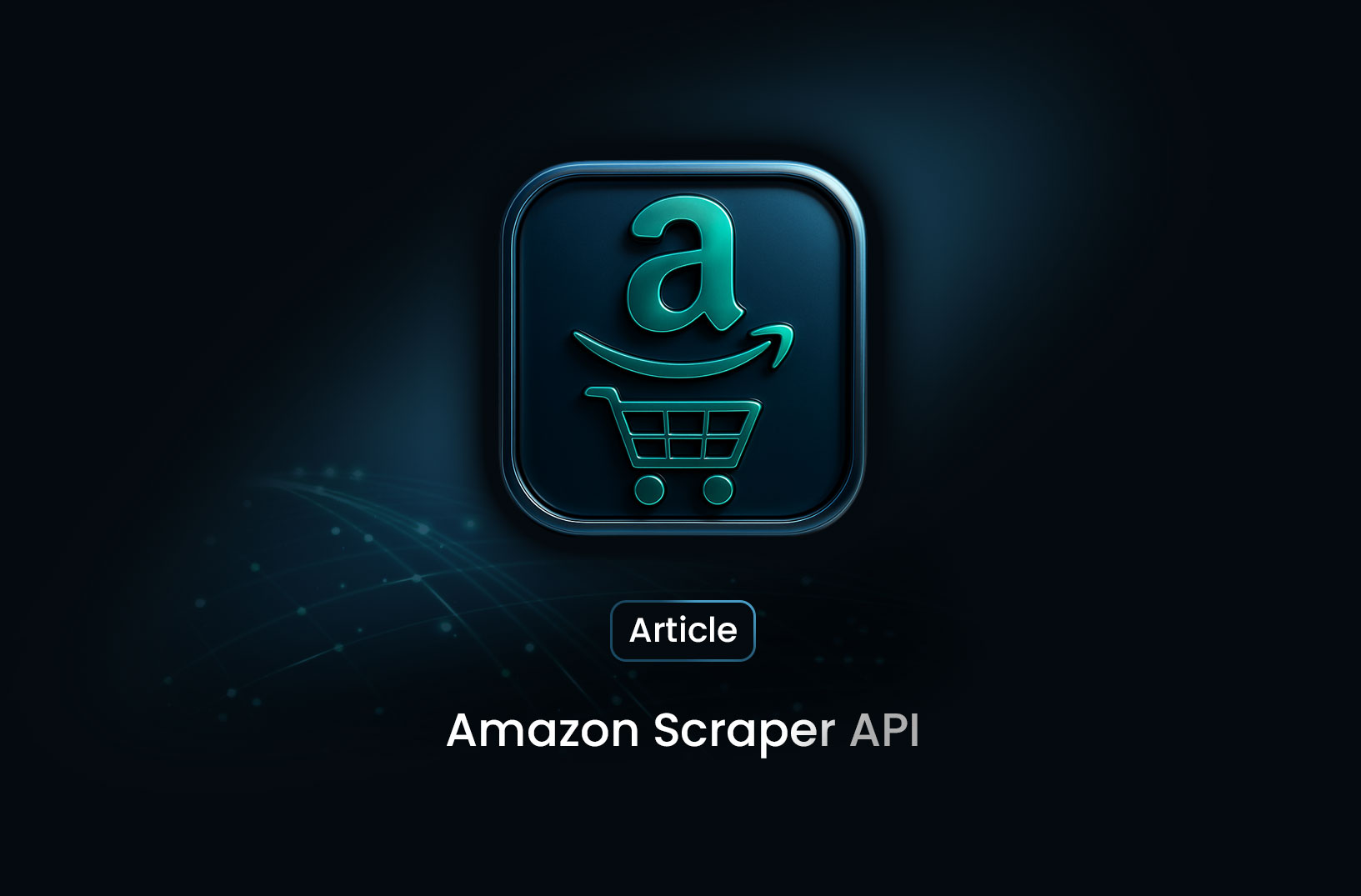
The Importance of MAP Monitoring in Today’s E-Commerce Market
ArticleMinimum Advertised Price Monitoring helps brands track pricing violations, protect margins, and maintain consistent online pricing. Learn how MAP monitoring works and why it’s essential.
Maintaining consistent pricing across online marketplaces is essential for brand reputation, retailer relationships, and profit protection. Minimum Advertised Price (MAP) monitoring helps businesses track whether sellers comply with agreed-upon price policies — and take action when violations occur.
This guide explains what MAP monitoring is, why it matters, and how businesses can effectively implement it.
What Is Minimum Advertised Price (MAP) Monitoring?
Minimum Advertised Price monitoring is the process of tracking and enforcing MAP policies across online and offline sales channels. A MAP policy specifies the lowest price a retailer is allowed to advertise a product for — not necessarily the lowest price they can sell it for.
MAP monitoring tools scan eCommerce platforms, marketplaces, and reseller websites to identify if any seller is advertising a product below the allowed minimum.
Why MAP Monitoring Matters
✔️ Protects Brand Value
Consistent pricing ensures your products maintain their perceived value. MAP violations can make products look cheap or untrustworthy.
✔️ Prevents Price Wars Between Retailers
One unauthorized price drop often triggers a chain reaction, harming market stability.
✔️ Supports Fair Competition
All sellers compete fairly when pricing rules are enforced.
✔️ Improves Distributor & Retailer Relationships
Retail partners trust brands that enforce pricing policies and maintain marketplace order.
✔️ Maximizes Profit Margins
Staying above MAP prevents unnecessary margin erosion.
How MAP Monitoring Works
MAP monitoring typically follows these steps:
1. Data Collection
Automated tools crawl websites, marketplaces, and comparison engines to gather product listings and prices.
2. Price Matching
The system compares listed prices with your MAP policy.
3. Violation Detection
Instances where sellers advertise below MAP are flagged.
4. Reporting & Alerts
Brands receive real-time alerts, dashboards, or scheduled reports.
5. Enforcement Workflow
Actions may include warning emails, reseller removal, or further legal steps.
MAP Monitoring Tools: What to Look For
When choosing a MAP monitoring platform, prioritize features like:
- Real-time or frequent scans across online marketplaces
- Accurate product-matching (SKU, EAN, UPC)
- Seller identification (even hidden or unnamed sellers)
- Historical violation tracking
- Automated alerts
- Global monitoring across multiple regions
- Integration with pricing or BI systems
These capabilities ensure your brand stays protected at all times.
Who Needs MAP Monitoring?
MAP monitoring is essential for:
- Consumer electronics brands
- Fashion and apparel companies
- Home goods and appliances
- Outdoor and sports equipment
- Beauty and personal care
- Any brand using authorized reseller networks
If your products are sold online by multiple retailers, MAP monitoring is a must.
Best Practices for Effective MAP Monitoring
1. Create a Clear, Enforceable MAP Policy
Define rules, consequences, and communication guidelines.
2. Train Retailers and Distributors
Ensure partners understand the policy and their responsibilities.
3. Use Automated Tools
Manual checking is too slow — automation ensures accuracy.
4. Act Quickly on Violations
Prompt enforcement prevents wider issues.
5. Maintain Historical Data
Helps identify repeat violators and measure compliance improvements.
The Impact of MAP Monitoring on Brand Health
Brands that consistently enforce their MAP policies enjoy:
- Better price consistency across platforms
- Stronger brand equity
- Higher reseller confidence
- More stable profit margins
- Fewer unauthorized sellers
MAP monitoring is not just a compliance activity — it’s a strategic pricing asset.
Find more insights here

Google Maps Scraper: The Complete 2025 Guide for Location Data, Leads, and Business Intelligence
A complete 2025 guide to Google Maps scraping. Learn what data you can extract, use cases, challenge...

Firecrawl Explained: What It Is, How It Works, and Why Developers Use It
A complete 2025 guide to Firecrawl. Learn what Firecrawl is, how it works, key features, use cases,...

Amazon Scraper API: The Complete 2025 Guide for Developers, Sellers, and Data Teams
A complete 2025 guide to Amazon Scraper APIs. Learn how they work, what data you can extract, top pr...
